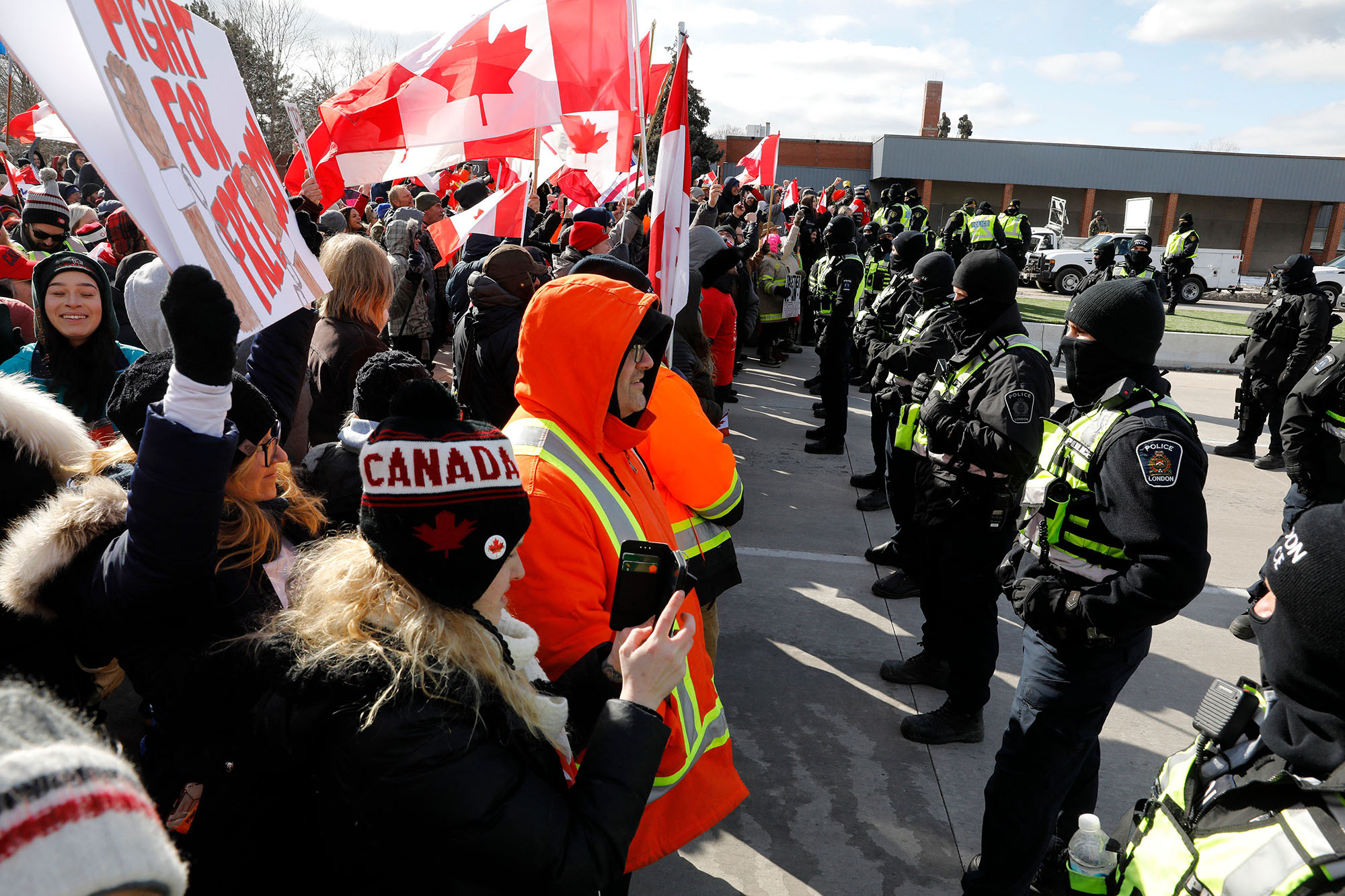
Since the crisis began, Mr. Trudeau’s most aggressive response is this measure, which is the first time a Canadian government has taken such measures in half a century. It would allow the federal government to increase measures to reopen obstructed border crossings and break a blockade of roughly 400 trucks in Ottawa, the nation’s capital, that has overwhelmed police, snarled traffic, harmed the local economy, and agitated citizens in the generally peaceful city.
Mr. Trudeau claimed that the protesters were clogging neighborhoods and disturbing residents illegally and that blockades were harming the economy. He stated, “This is not a legitimate protest.”
“We will not allow illegal and dangerous activities to continue,” he said, emphasizing that invoking the act was a “last resort” and that he was not restricting peaceful assembly or freedom of expression.
The use of the Emergencies Act gives the federal government extensive temporary powers, allowing it to do whatever it takes to restore public order, including overriding civil liberties and banning public meetings or restricting movement to and from specified locations. Mr. Trudeau, on the other hand, has made it clear that the legislation will not be used to restrict fundamental rights.
Protests have spread across the country, along with a nearly week-long blockade of a bridge critical to the global automobile industry’s supply chains. The police and all levels of government’s response to the issue have been widely condemned as insufficient.
Critical places such as border crossings and airports are also being designated and secured by the government. According to Trudeau, enacting the legislation will also allow the government to ensure that vital services, like as towing services to remove trucks, are provided.
